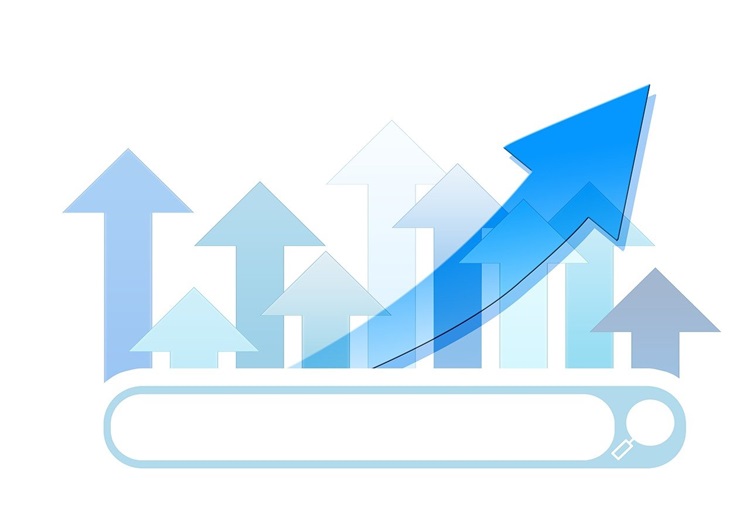Introduction
Traditional technical SEO has long been a labor-intensive process, requiring regular site crawling, manual review of hundreds of pages, and tedious error correction. As AI becomes central to search engine algorithms and website management, technical SEO is being transformed into an agile, real-time discipline powered by intelligent automation. This new era offers powerful tools for continuous monitoring, immediate issue detection, predictive optimization, and proactive site health management. In this article, we’ll explore how AI is revolutionizing technical SEO, what it means for marketers, and how to harness these technologies to ensure superior visibility, performance, and user experience.
The Evolution of Technical SEO: Past and Present
The Old Workflow
- Manual site crawls using tools like Screaming Frog or Sitebulb
- Spreadsheet tracking of issues: broken links, duplicate content, missing metadata, slow load times
- Periodic “crunches” before big launches, but often reactive and time-consuming
- SEO teams required deep coding skills to audit and fix errors
The New Paradigm: AI-Driven Automation
- AI crawlers continuously scan sites, detect problems instantly, and prioritize fixes
- Machine learning systems predict emerging issues before they affect rankings
- Automation addresses meta data, redirects, schema markup, and performance bottlenecks at scale
- Technical SEO is shifting from periodic audits to always-on optimization
AI-Powered Audits: Rapid, Intelligent, and Comprehensive
Continuous Site Scanning
- AI tools monitor websites in real time, checking for broken links, crawl errors, duplicate pages, slow resources, and security vulnerabilities.
- Ongoing health checks enable webmasters to resolve issues before users (or search engines) encounter them.
Intelligent Prioritization
- Machine learning assesses which problems will most impact rankings, traffic, or user experience.
- High-impact issues—such as canonicalization errors, missing schema, or slow pages—are flagged and prioritized automatically.
Deep Issue Detection
- AI uncovers subtle SEO threats like incorrect indexation, non-standard redirects, orphaned pages, and inconsistent internationalization.
- Natural language processing (NLP) analyzes content quality and structure, mapping against search engine guidelines.
Real-Time Optimization: The Next Level of Technical SEO
Automated Meta Data Management
- AI systems generate and update title tags, meta descriptions, alt text, and structured data in response to evolving user queries and SERP changes.
- Dynamic meta optimization ensures every page is geared toward intent, not just generic keywords.
Instant Page Speed Enhancement
- Algorithms identify slow-loading resources and automate image optimization, script minification, lazy loading, and caching improvements.
- Real-time speed adjustments ensure SEO teams always meet Core Web Vitals standards.
Adaptive Schema Markup
- AI tools review site content and apply relevant schema—recipes, FAQs, reviews, products—boosting visibility in featured snippets and rich results.
- Schema adaptation reacts to changes in search engine requirements for maximum impact.
Predictive SEO and Proactive Site Health
Forecasting Issues
- Machine learning models train on site history to anticipate future SEO errors (e.g., page bloating, cannibalization, architecture pitfalls).
- Proactive recommendations allow teams to prevent rather than react to technical failures.
Traffic and Ranking Predictions
- AI analyzes user signals, SERP movements, and competitor actions to predict shifts in traffic or visibility.
- Actionable insights guide strategy updates, content refreshes, and technical upgrades.
The Human Role: Partnering with AI
- SEOs focus less on repetitive technical cleanups, more on strategy, creativity, and big-picture improvements.
- Teams interpret AI recommendations, implement contextual solutions, and supervise automation.
- Human intuition and industry knowledge combine with AI’s tireless processing for optimal outcomes.
Best Practices for AI-Driven Technical SEO
Choosing the Right Tools
- Evaluate platforms based on accuracy, integration, scalability, and support for your specific CMS/ecosystem.
- Ensure solutions seamlessly connect with analytics, content management, and UX platforms.
Custom Configuration and Oversight
- Adjust AI algorithms for your goals: prioritize ecommerce health checks, local SEO, content depth, or internationalization.
- Set up regular review cycles to catch edge cases and ensure human oversight.
Synergy with Content and UX
- Technical SEO and content optimization now work hand-in-hand—AI highlights user experience issues alongside ranking threats.
- Collaborate across teams to create frictionless, high-quality web experiences.
Opportunities and Challenges
Clear Wins
- Reduced manual labor, continuous improvement, faster issue resolution
- Data-driven prioritization ensures resources are invested where they matter most
- Improved rankings, user retention, and conversion rates
Cautions
- Over-reliance on automation can miss site-specific nuances; human supervision is vital
- AI recommendations require validation; generic fixes don’t always fit unique sites
- Ongoing learning is essential—AI and search engines evolve continuously.
Conclusion
Technical SEO is now an intelligent, automated discipline—less about periodic sprints and more about ongoing excellence. By adopting AI-driven audits, real-time optimization, and predictive site health strategies, marketers and webmasters can future-proof their websites in a fiercely competitive digital landscape. Human expertise still matters as a steward of brand, strategy, and quality—but the power of AI means site optimization is smarter, faster, and more holistic than ever.

